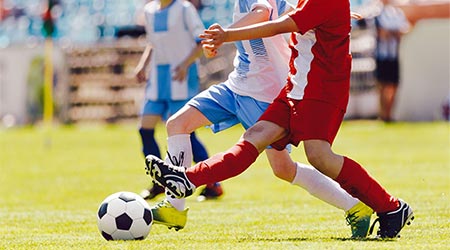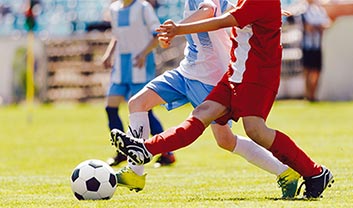
Nestled deep within the knee is a ligament that plays a vital role in maintaining joint stability and function - the Posterior Cruciate Ligament. Despite its importance, injuries to the PCL can often go unnoticed and are sometimes misunderstood. Let’s explore how to regain knee strength and mobility after a PCL injury.
How does a PCL tear occur?
A PCL tear often occurs due to a direct impact to the front of the knee or a hyperextension of the leg. A PCL tear is often accompanied by other ligament injuries and up to 95% of PCL tears occur with other ligamentous, meniscal, and chondral injuries.1
Initial Steps Post-Injury
The journey to recovery begins with immediate action. Swelling and pain are your body's first response to a PCL tear. It's essential to follow the R.I.C.E. protocol – Rest, Ice, Compression, and Elevation – to minimize inflammation and protect the knee from further injury.
Medical Evaluation and Treatment
Consulting with an orthopedic specialist is vital. An orthopedic surgeon will assess the severity of your tear and recommend a treatment plan. For minor tears, physical therapy may suffice. However, severe cases might require surgical intervention to reconstruct the ligament.
The Role of Physical Therapy
Physical therapy plays a pivotal role in PCL recovery. Therapists design personalized exercises that focus on strengthening the muscles around the knee, improving flexibility, and restoring range of motion. Patience and consistency in your therapy sessions are key to a successful recovery.
Navigating the Emotional Landscape
You might feel disheartened by the temporary loss of mobility or the inability to participate in your favorite activities. However, maintaining a positive outlook and setting realistic goals can help you stay motivated throughout the rehabilitation process. Celebrate small milestones and acknowledge the progress you make, no matter how minor it may seem. Remember that healing is a gradual process, and being patient with yourself is key. Embracing the emotional aspects of recovery can lead to a more holistic healing experience, ultimately helping you emerge stronger and more resilient.
As your knee heals, you'll gradually return to normal activities. Returning to sports or strenuous activities should only happen with your doctor's clearance.
Contact Dr. Kai Mithoefer today for an accurate diagnosis and a personalized treatment option.
AUTHOR: Dr. Kai Mithoefer is board-certified in both Orthopedic Surgery and Orthopedic sports medicine specialist. Dr. Mithoefer is an internationally recognized specialist for complex shoulder and knee injuries with over 15 years of experience with the treatment of sports-related injuries. Dr. Mithoefer practices at Boston Bone and Joint Institute and has published more than 100 scientific articles and book chapters and is a frequent speaker at national and international orthopedic meetings.
Reference:
1. https://link.springer.com/chapter/10.1007/978-3-031-30518-4_137











